The death last week at the age of 83 of the sublime Lynn Seymour – muse to Ashton and MacMillan, the creator of roles in Romeo and Juliet and A Month in the Country among many others – set me thinking gloomily about the current dearth of ballerinas with her questioning intelligence and free spirit. So much technical proficiency around, so many elegant gymnasts, Dutch dolls and Sugar Plum Fairies, but so little distinctive personality or temperament. Where is the mystique, the grandeur, the ability to ambush our emotions?
Tiler Peck is among the best of the new breed. Star of New York City Ballet, she is all bubble and brilliance, a cheerleader, a can-do sort of dancer with boundless verve. Her clarity of articulation is bobby-dazzling – every twist and bend elastic yet precise, her energy apparently inexhaustible. But what you see is all there is: there’s no sense of a deeper or more complex self.
At Sadler’s Wells, she fronted a turbo-charged programme including William Forsythe’s The Barre Project, a fast and witty riff on the rehearsal studio first seen online during the pandemic, and Time Spell, a parade involving improvised tap sequences that went on too long. But the first two brief items were super: Thousandth Orange, lucid, crisp and firmly structured, suggests that Peck has talent as a choreographer too, followed by Swift Arrow, a sparky duet by Alonzo King for Peck and the hunky Roman Mejia with the kick of a dry martini. Now I’m feeling a bit guilty about my strictures, because how many give out as generously as Peck does?
Twenty years ago, there was a crying need for Ballet Black, a company dedicated to nurturing dancers from ethnic minorities. Now, with every company in the land bending over backwards to diversify, the agenda has changed, and Ballet Black must be judged on artistic merit alone.
On the evidence of a double bill at the Barbican, the jury is out. I guess William Tuckett was influenced by Pam Tanowitz’s setting of T.S. Eliot’s Four Quartets in making dance in counterpoint to the poetry of Adrienne Rich, though his approach is unlike hers in two important respects: Then or Now adds musical accompaniment in the form of a set of rather tedious variations for solo violin by the baroque composer Heinrich Biber, and the choreography makes gestures towards illustrating the imagery and moods of Rich’s verse, which Tanowitz rigorously eschewed. Three layers – dance, speech, music – is one too many, but Tuckett’s neoclassical idiom is pleasingly inventive and supple, executed with unaffected grace by eight accomplished dancers.
What followed was an embarrassing misfire. Mthuthuzeli November’s Nina: By Whatever Means is a balletic equivalent of the jukebox musical, and is focused on the early life of Nina Simone, a great jazz musician but one hell of a mixed-up woman. Her complex biography is sentimentally simplified into the tale of a dear little girl victimised by an evil system, who ends up dedicating herself to Black Power. Nice as it was to hear some wonderful Simone tracks (‘Sinnerman’, for instance), as dance drama this is a non-starter, clumsily narrated and staged without anything of weight or significance emerging through the movement. I ought to add that the audience adored it and stood to a man (except me) in one of those moronic screaming ovations that seem to have become de rigueur lately.
I confess to being baffled by the enthusiasm expressed for Dada Masilo’s The Sacrifice, ‘inspired by’ Pina Bausch’s version of The Rite of Spring. Touring extensively until mid-April, it’s the work of the South African choreographer Dada Masilo, who has replaced Stravinsky’s score with some Womady music and jiving associated with the Tswanans.
The dancing was unremarkable, and nothing communicated any sense of a primal, urgent, inexorable ritual bringing the world back to life. Instead it all seemed rather tame and hokey, with a group of exuberant bare-chested acolytes and a melancholy maiden (Masilo) glumly accepting her fate after being handed the white lily that meant she’d been selected for the chop. I wasn’t just underwhelmed, I was bored.
Got something to add? Join the discussion and comment below.
Get 10 issues for just $10
Subscribe to The Spectator Australia today for the next 10 magazine issues, plus full online access, for just $10.
You might disagree with half of it, but you’ll enjoy reading all of it. Try your first month for free, then just $2 a week for the remainder of your first year.

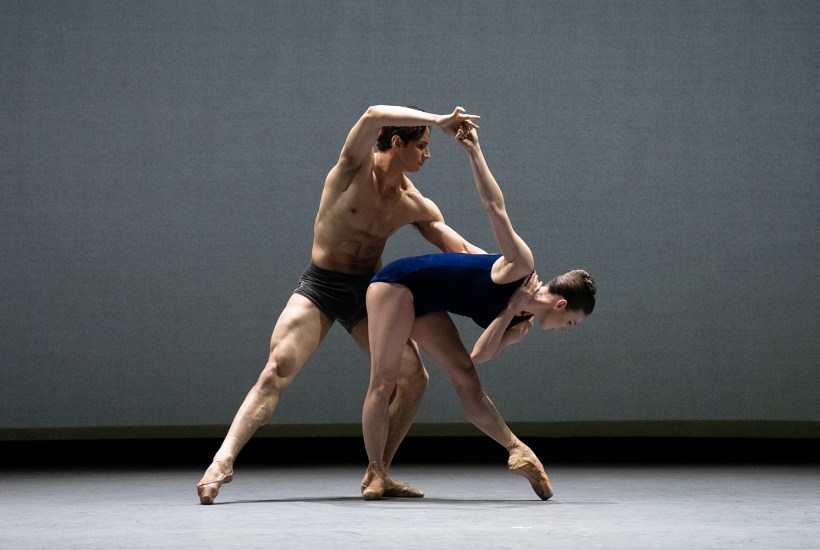
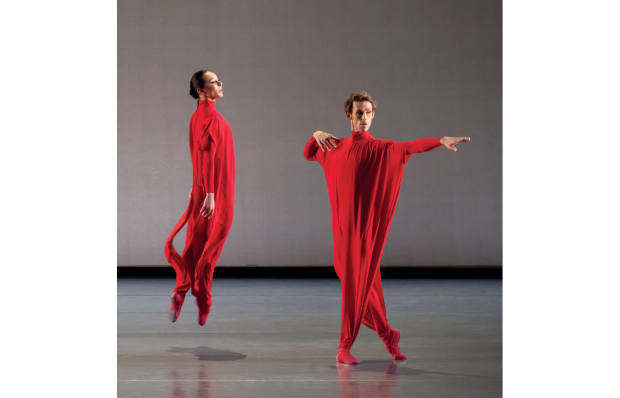
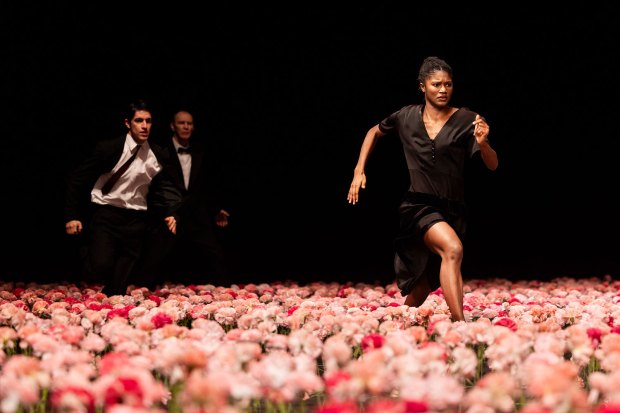
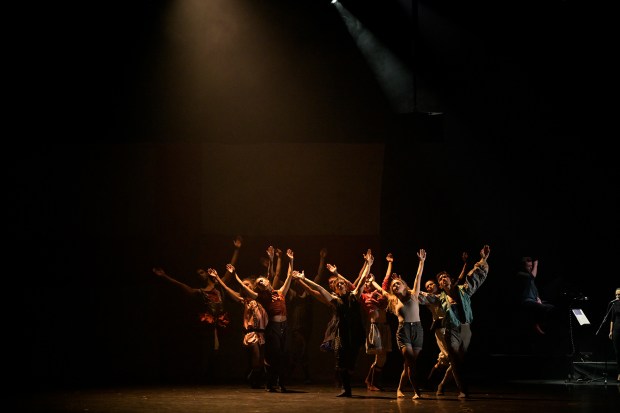
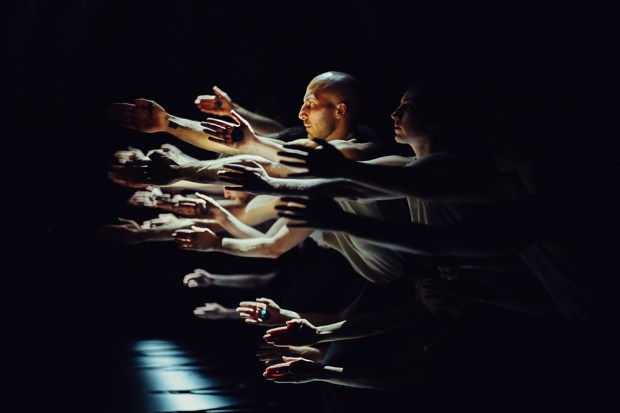
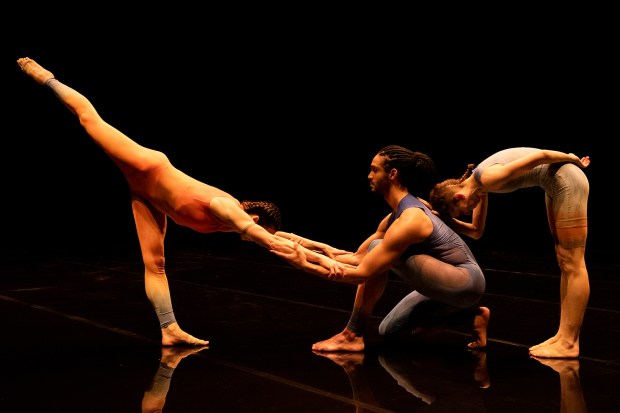
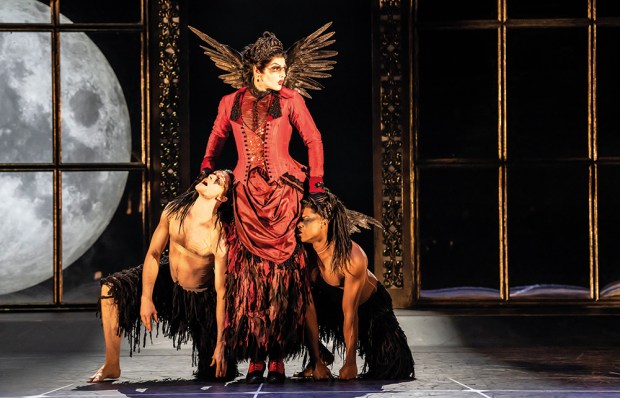






Comments
Don't miss out
Join the conversation with other Spectator Australia readers. Subscribe to leave a comment.
SUBSCRIBEAlready a subscriber? Log in